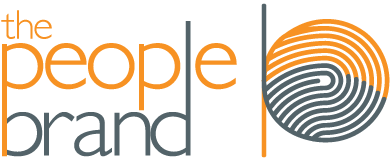 As machines and artificial intelligence take over automated tasks, a greater emphasis will be placed on creative work–a human quality that is difficult for machines to emulate. Another distinctively human quality is free will, including our choice whether or not to be creative at a given moment.
As machines and artificial intelligence take over automated tasks, a greater emphasis will be placed on creative work–a human quality that is difficult for machines to emulate. Another distinctively human quality is free will, including our choice whether or not to be creative at a given moment.
As creative work becomes more important, it is equally important for leaders to understand how to motivate individuals to be creative.
Working with (and competing with) robots at work may be a recent development, but the importance of motivation is timeless. In his 1960 book ‘The Human Side of Enterprise,’ American psychologist Douglas McGregor proposed there were two distinct styles of management. He called this the X-Y theory. You can see the two styles described below.
Theory x (‘authoritarian management’ style)
- The average person dislikes work and will avoid it he/she can.
- Therefore most people must be forced with the threat of punishment to work towards organizational objectives.
- The average person prefers to be directed; to avoid responsibility; is relatively unambitious, and wants security above all else.
Theory y (‘participative management’ style)
- Effort in work is as natural as work and play.
- People will apply self-control and self-direction in the pursuit of organizational objectives, without external control or the threat of punishment.
- Commitment to objectives is a function of rewards associated with their achievement.
- People usually accept and often seek responsibility.
- The capacity to use a high degree of imagination, ingenuity and creativity in solving organizational problems is widely, not narrowly, distributed in the population.
When these theories were introduced at the dawn of the knowledge worker, understanding how to motivate people was important. In today’s rise of the creative economy, it is even more critical. As we look for our teams and businesses to create more value, we as leaders need to leave the concept of authoritarian management and embrace participative management instead.
This places a different set of responsibilities upon today’s leaders:
- Provide clear organizational objectives
- Empower teams and workers to control and direct their own work
- Encourage and reward individuals who seek out and own responsibility
- Develop a culture that values innovative thinking and problem-solving
Creative environments like this are not only highly productive, but they will also be the places where more and more people will want to work. Daniel Pink has shared research that shows autonomy, mastery and purpose are the real motivators of people in the workplace of today and tomorrow.
As important work centers more on our creative capacity and capabilities, it becomes more important to tap into intrinsic motivators (autonomy, mastery and purpose)–and less important to focus on our authoritative leadership. It’s much easier to lead someone into their creative potential than to “boss” them into it. “Because I said so.” kills creativity, it doesn’t inspire it.
We have to remember creativity is a choice. Then we realize our job as leaders is to motivate people to choose it.
